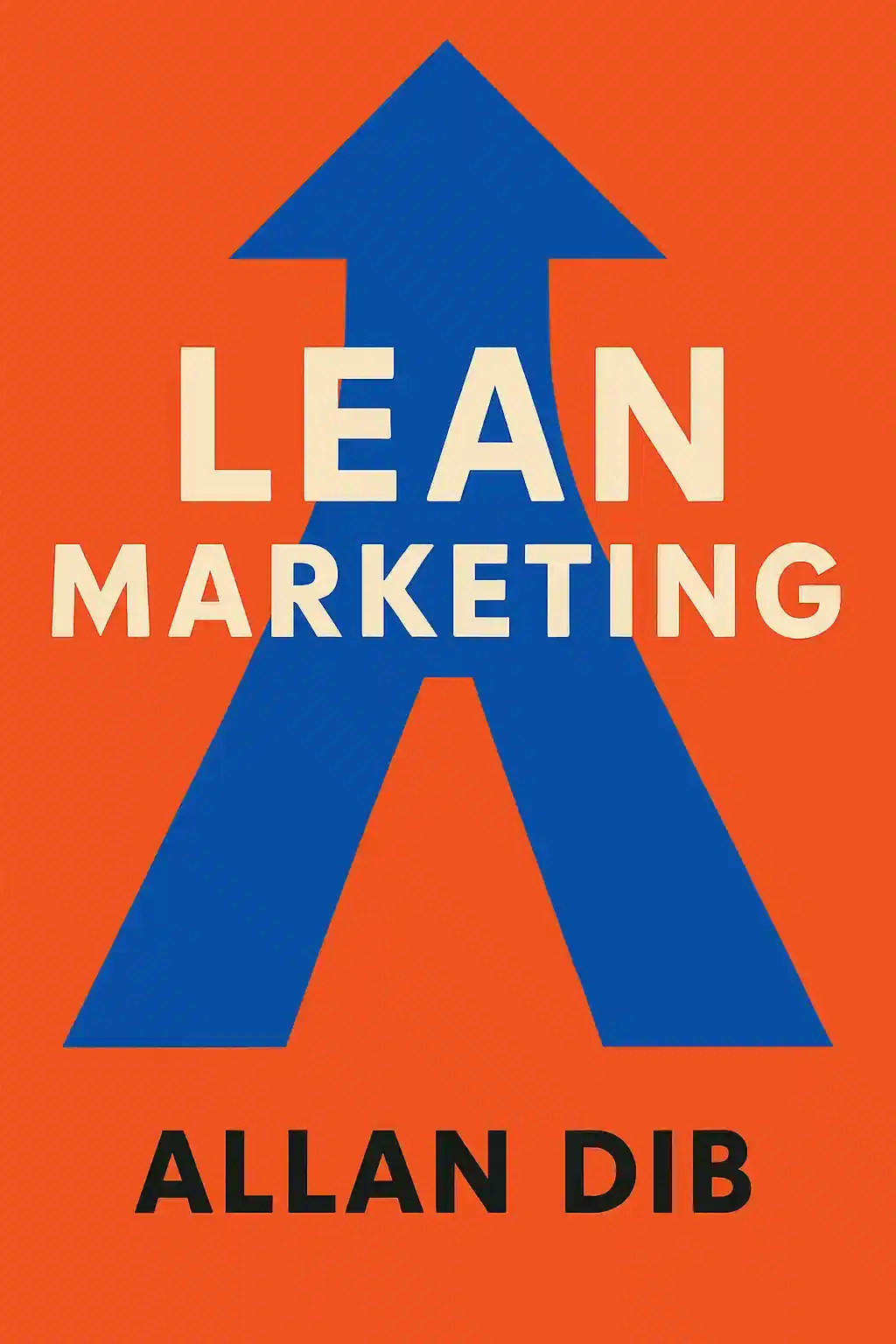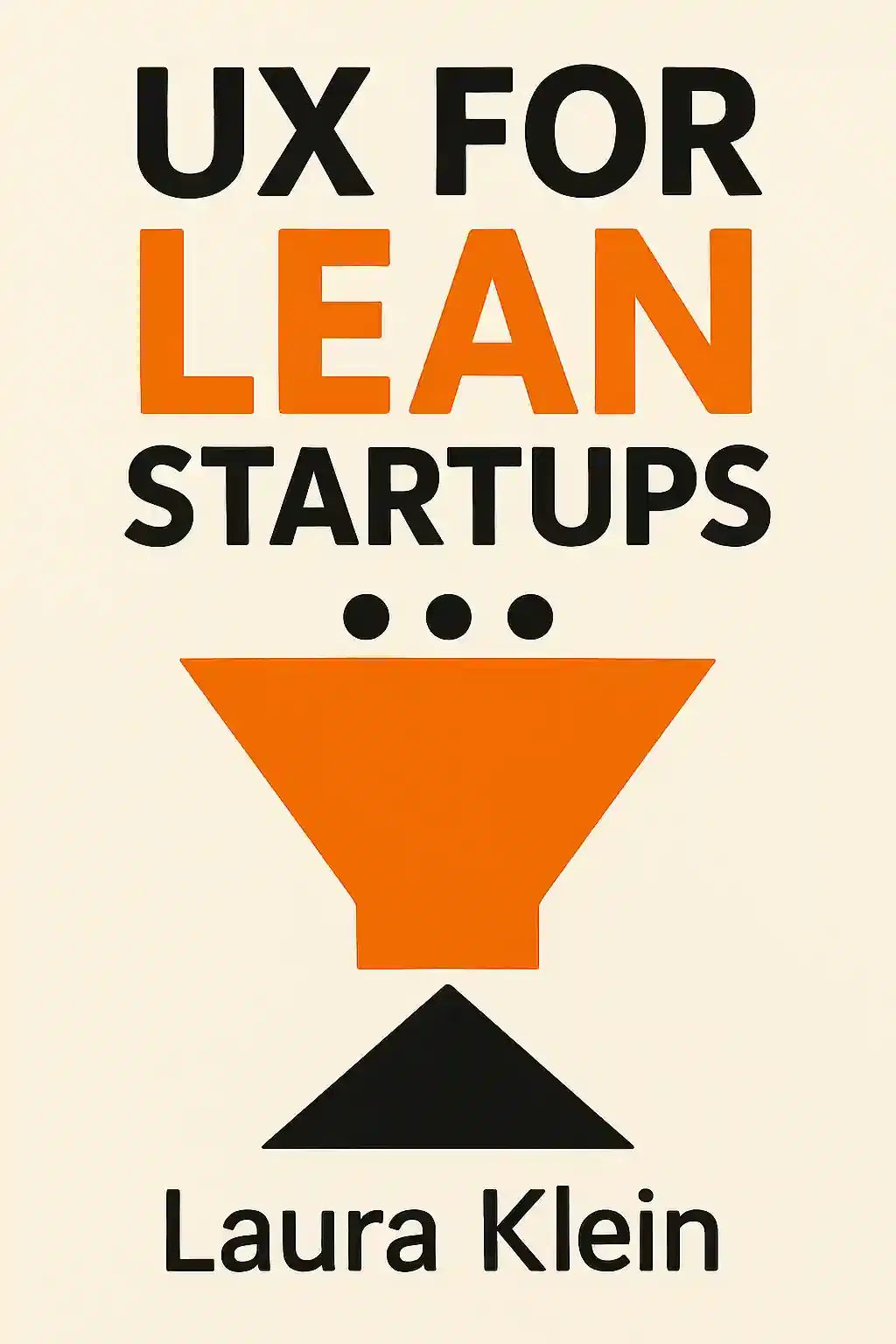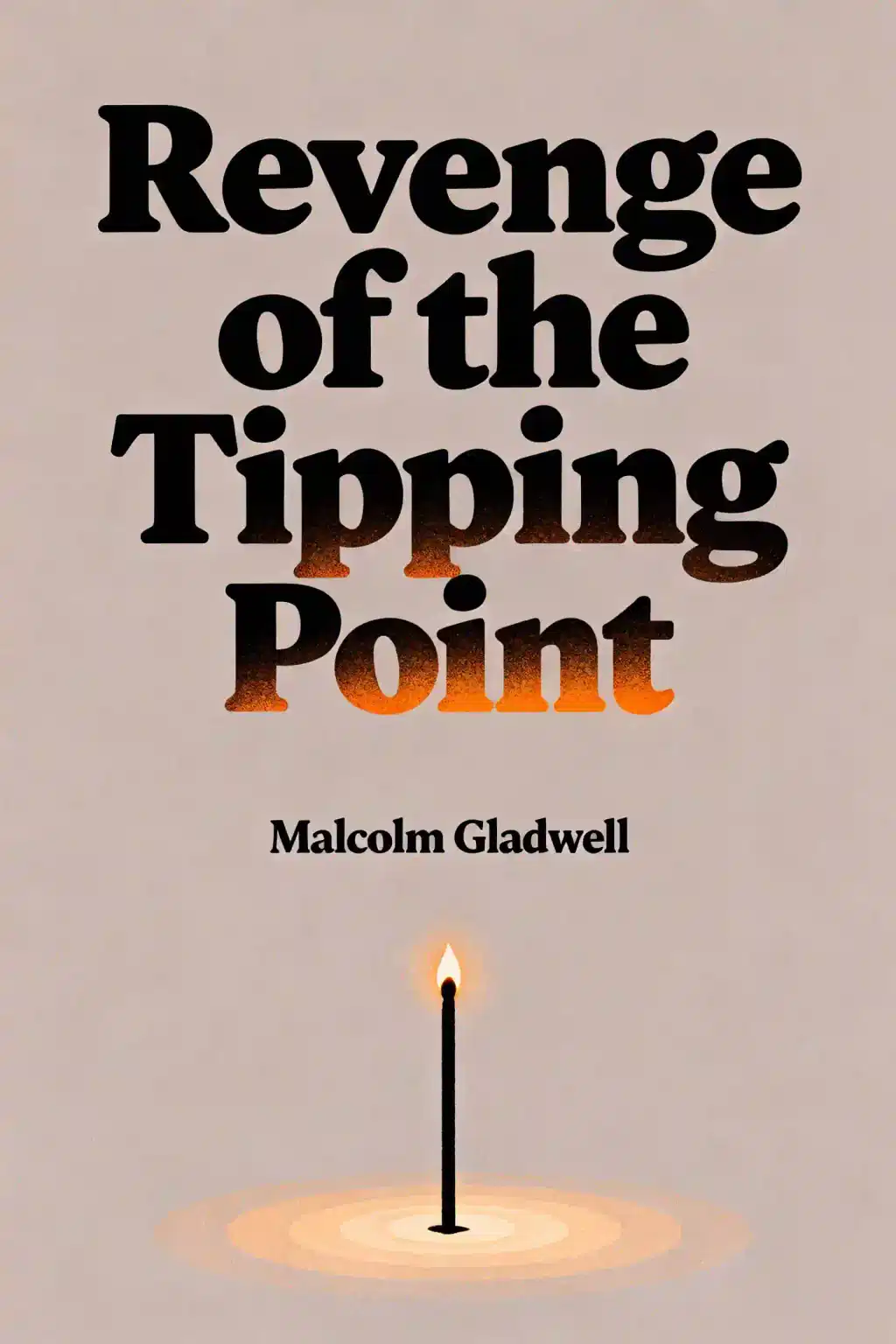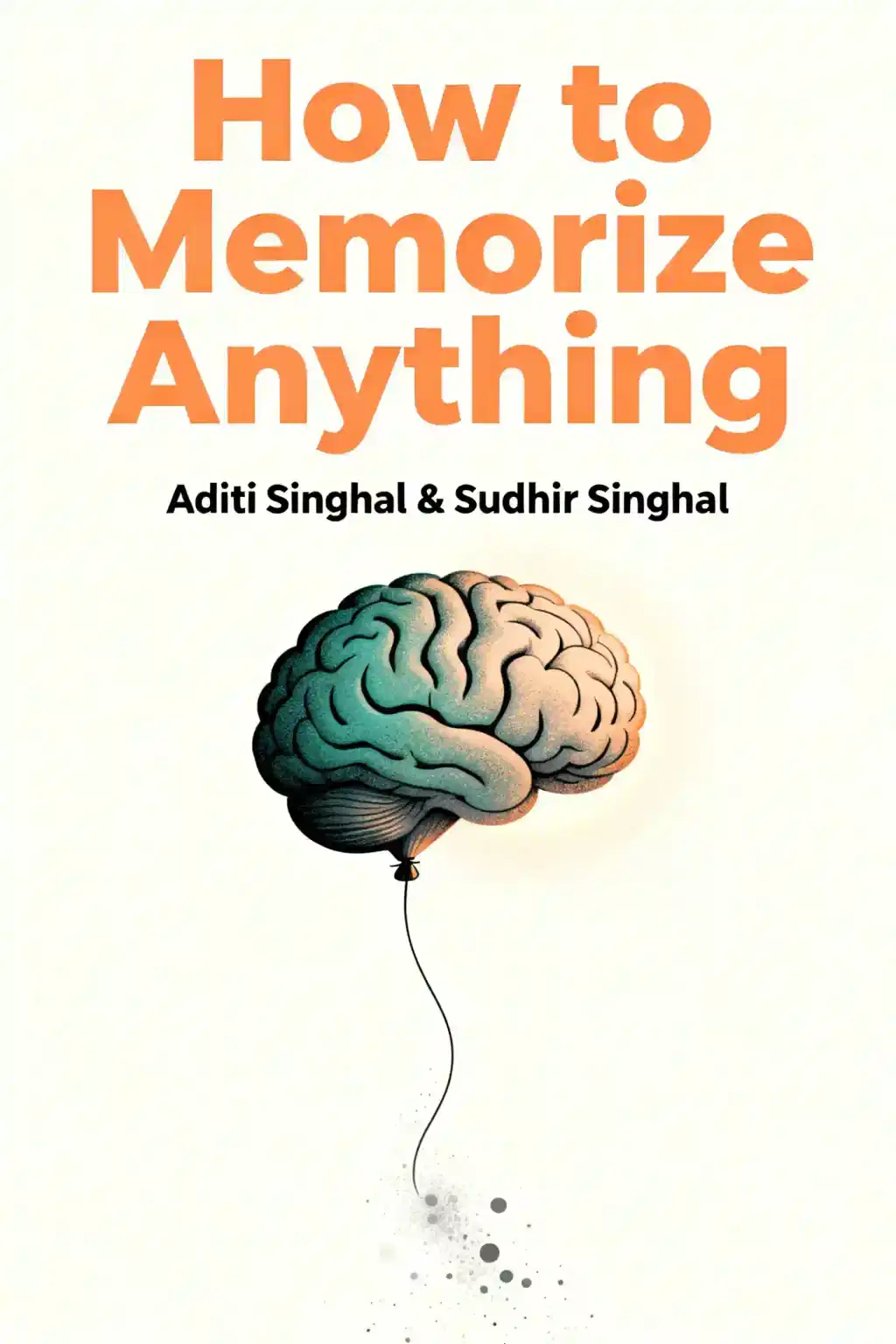
Lean Analytics by Alistair Croll and Benjamin Yoskovitz Summary
"Lean Analytics" transforms startup success with data-driven decision making. A decade after publication, it remains the missing piece in the Lean Startup puzzle - praised by Dan Martell as essential reading for both startups and established organizations seeking growth through actionable metrics.
About the author
Alistair Croll and Benjamin Yoskovitz, the bestselling authors of Lean Analytics: Use Data to Build a Better Startup Faster, are widely recognized experts in data-driven entrepreneurship and startup innovation.
Croll is a prolific speaker and the founder of influential tech conferences such as Strata and FWD50. He has also served as a visiting executive at Harvard Business School, where he co-created courses on data science.
Yoskovitz is a serial entrepreneur with over 15 years of experience in web ventures. He co-founded Standout Jobs and mentors startups through accelerators, drawing on his experience as VP Product at GoInstant, which was acquired by Salesforce.
Their book, Lean Analytics, is a cornerstone of the Lean Startup series and provides actionable frameworks for validating business models through metrics like the "One Metric That Matters." Croll further explores disruptive strategies in Just Evil Enough, co-authored with Emily Ross, while Yoskovitz shares insights via his Instigator Blog.
Lean Analytics has become essential reading in top MBA programs and startup ecosystems worldwide and is praised for bridging data analysis with pragmatic business growth.
FAQs About This Book
Lean Analytics provides a data-driven framework for startups and businesses to validate ideas, identify critical metrics, and scale efficiently. It emphasizes the One Metric That Matters (OMTM)—a key performance indicator tailored to each growth stage—to avoid data overload and focus on actionable insights. The book combines case studies (like Airbnb’s photo experiment) with lean startup principles to guide product development, monetization, and market validation.
This book is essential for startup founders, product managers, and intrapreneurs seeking to build data-informed strategies. It’s particularly valuable for those launching new products, optimizing business models, or transitioning from intuition-based to metric-driven decision-making. Established enterprises aiming to innovate like startups will also benefit from its scalable frameworks.
Yes—it’s a practical guide for avoiding common pitfalls like building solutions without market fit. Over 30 case studies and insights from 100+ experts provide real-world applications, making it a toolkit for validating ideas, improving customer acquisition, and prioritizing growth levers. Readers praise its balance of theory and actionable steps.
The OMTM is the single most critical metric for a business at a given stage, such as customer acquisition cost or retention rate. For example, Airbnb focused on “bookings per listing with professional photos” to validate their hypothesis. This approach prevents distraction by minor metrics and aligns teams on clear goals.
Lean Analytics expands on the “Measure” phase of Ries’ Build-Measure-Learn cycle. While The Lean Startup emphasizes iterative experimentation, this book provides granular tools for selecting, tracking, and acting on metrics. It bridges high-level lean principles with tactical data analysis.
Key frameworks include:
- The Lean Analytics Cycle: Identify a critical metric → Set a target → Test changes → Measure impact → Pivot or persevere.
- Six Business Models: SaaS, e-commerce, media, and others, each with stage-specific metrics.
- Line in the Sand: A threshold (e.g., 1,000 subscribers) to determine if an idea merits further investment.
Some argue the focus on a single metric risks oversimplification, and startups may struggle to identify their OMTM without prior experience. Additionally, large enterprises might find adapting lean principles to legacy systems challenging. However, the book addresses these concerns with adaptable frameworks and enterprise case studies.
The authors analyze over 30 cases, including Airbnb’s photo experiment (2-3x bookings boost with professional photos) and Dropbox’s referral program. These examples demonstrate how companies validated hypotheses, optimized metrics, and scaled successes.
Yes—the principles are industry-agnostic. For example, a restaurant might track “repeat customers” as its OMTM, while a media company focuses on “engagement per article.” The book includes examples from e-commerce, healthcare, and consumer services.
A predefined target (e.g., 10% conversion rate) that determines whether to pivot or persevere. For instance, the authors aimed for 1,000 newsletter subscribers to validate interest in the book. Missing this threshold prompted strategy adjustments, ensuring resource efficiency.
Startups should:
- Categorize metrics by business model (e.g., SaaS: churn rate).
- Align metrics with growth stages (empathy → stickiness → virality).
- Avoid vanity metrics (e.g., total downloads) in favor of actionable ratios (e.g., activation rate).
With remote work and AI-driven analytics becoming standard, the book’s emphasis on agile experimentation and metric clarity remains vital. Updated editions address modern tools for data collection, while core principles adapt to trends like decentralized teams and automated insights.
While Measure What Matters focuses on OKRs (Objectives and Key Results) for organizational alignment, Lean Analytics targets early-stage validation and hyper-specific metrics. The books complement each other—OKRs set strategic goals, while OMTM drills into tactical execution.
- “Data beats opinions.” – Highlights the book’s evidence-based approach.
- “If you’re not embarrassed by your first product, you’ve launched too late.” – Reinforces lean iteration over perfection.
- Avoid “build it and they will come” mentality—validate demand first.
- Track ratios over absolutes (e.g., retention rate vs. total users).
- Use qualitative feedback to contextualize quantitative data.
Quick Summary Mode - Read or listen to Lean Analytics Summary in 10 Minutes
Break down key ideas from Lean Analytics into bite-sized takeaways to understand how innovative teams create, collaborate, and grow.
Flash Card Mode - Top 9 Insights from Lean Analytics in a Nutshell
Distill Lean Analytics into rapid-fire memory cues that highlight Pixar’s principles of candor, teamwork, and creative resilience.

Fun Mode - Lean Analytics Lessons Told Through 24-Min Stories
Experience Lean Analytics through vivid storytelling that turns Pixar’s innovation lessons into moments you’ll remember and apply.
Personalize Mode - Read or listen to Lean Analytics Summary in 0 Minutes
Ask anything, pick the voice, and co-create insights that truly resonate with you.

From Columbia University alumni built in San Francisco
See More Stories?

Get the Lean Analytics summary as a free PDF or EPUB. Print it or read offline anytime.
























